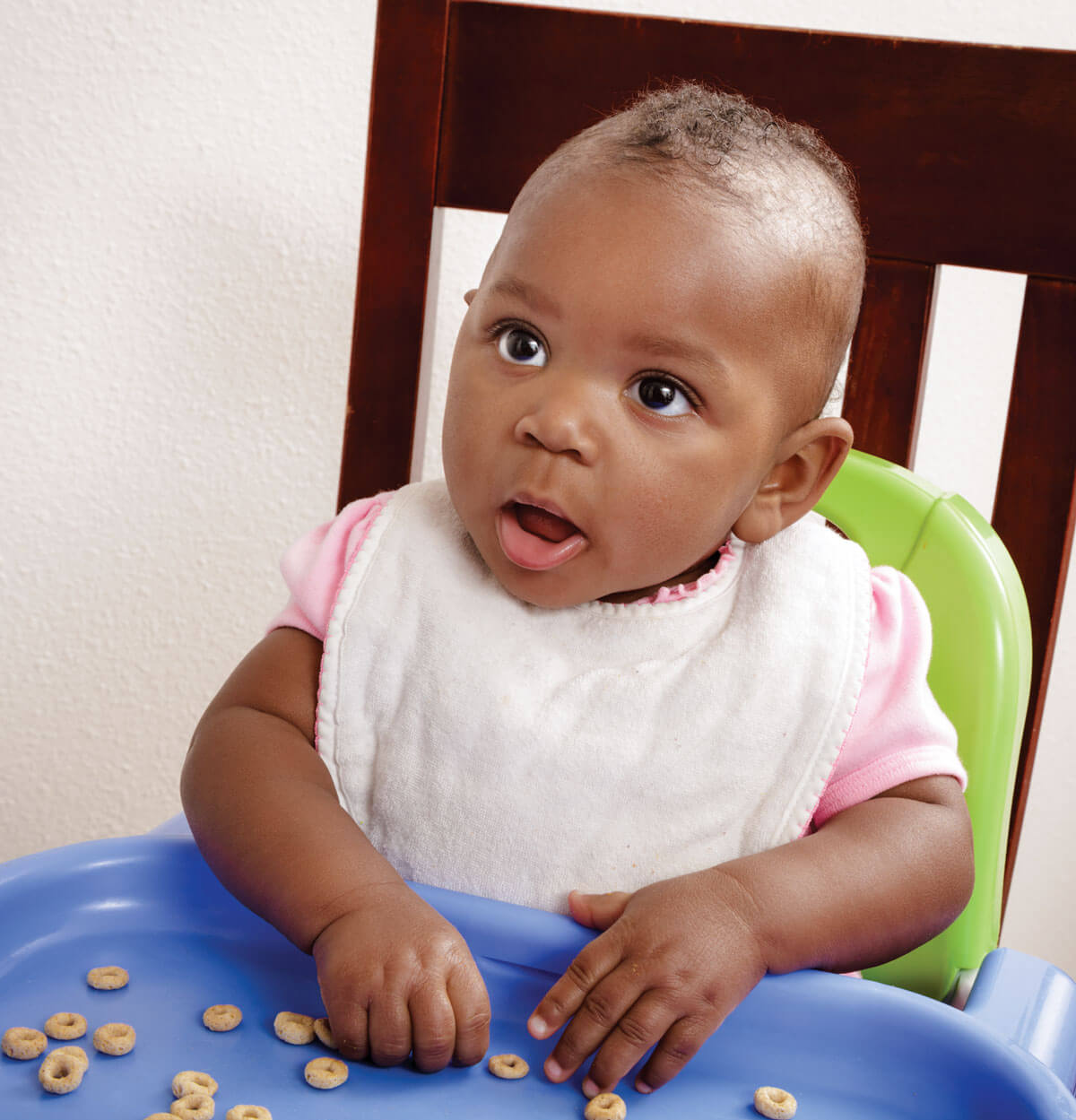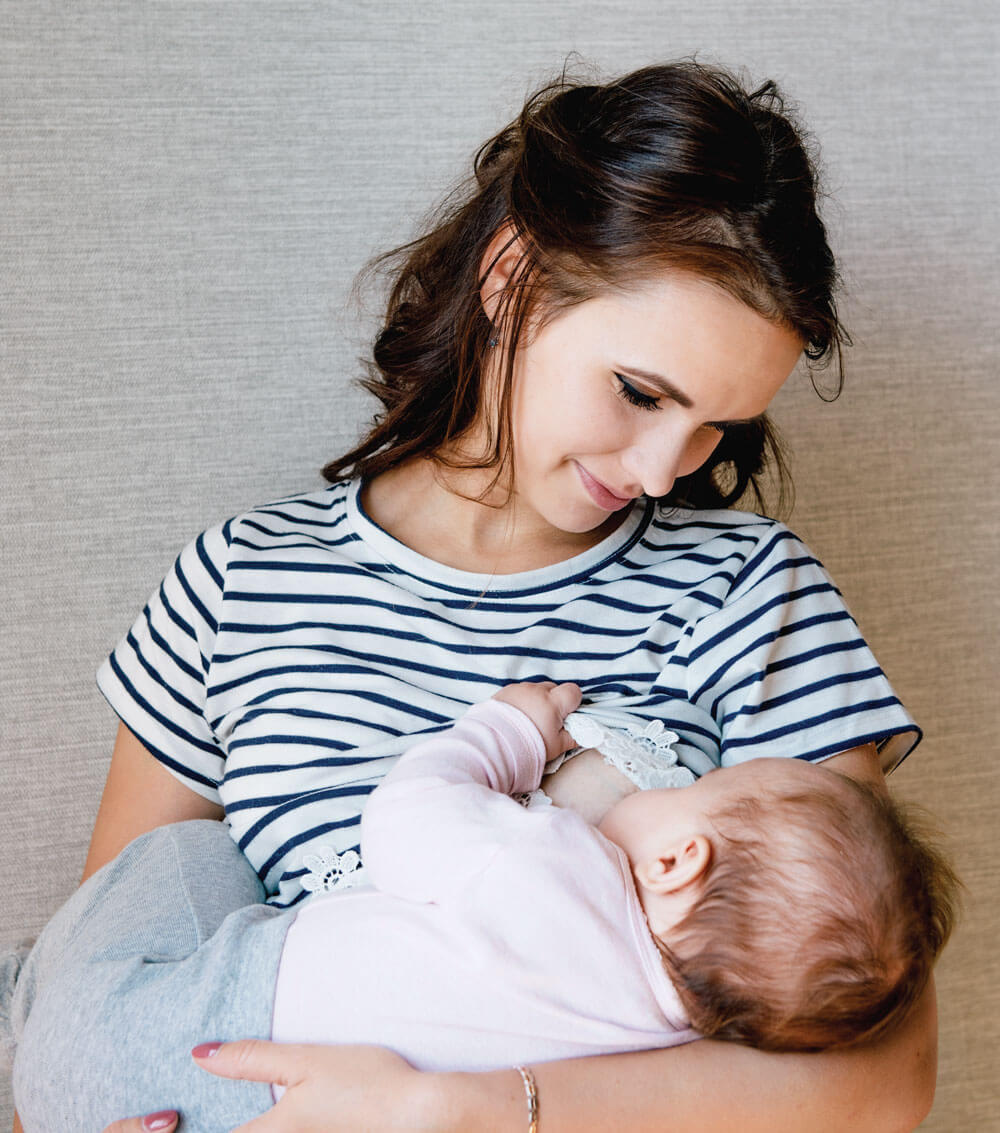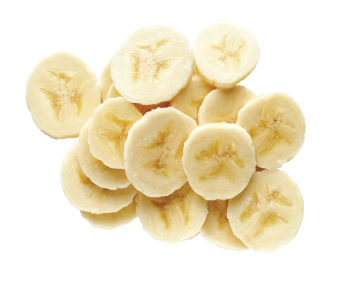Feeding your prematurely born almost-toddler
- Home
- Ellyn Satter
- Older Baby / Almost Toddler
- Frequently Asked Questions
- Feeding your prematurely born almost-toddler


Many children are ready to join in with family meals by the time they are 8 to 10 months old. Your child is likely to take several weeks longer. Don’t be in a hurry. She will get there.
Take time to enjoy breast- or formula-feeding and feeding solid foods before you start something new.


She will learn to mash the food with her jaws or chew it before she swallows. She will gag some because she is still learning to control where the food goes in her mouth. She can join in at family meals by eating food that is easy to pick up, chew, and swallow.
© Ellyn Satter
Side-Lying Hold
This hold is useful when:
Cross-Cradle Hold
This hold is useful when:
Clutch or “Football” Hold
This hold is useful when:
Cradle Hold
This hold is useful when:
Laid-Back Hold
This hold is useful when: